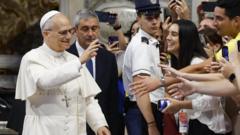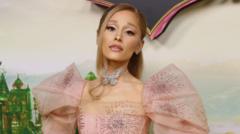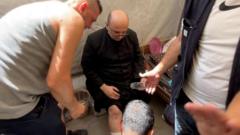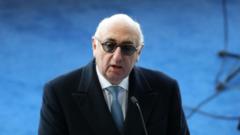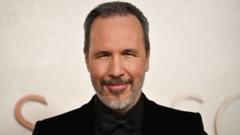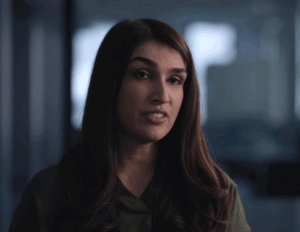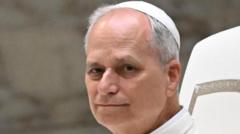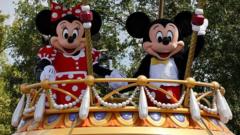As the Vatican prepares for the conclave, which will bring together cardinals under the age of 80 for the pivotal election, reflections on the film “Conclave” emerge. This drama, while fictionalized, has sparked discussions on the actualities of the papal election process. The film successfully garnered over $115 million globally, highlighting its considerable impact on public perceptions surrounding the intricacies of selecting a Pope.
Inside the Vatican: The Electoral Process Following Pope Francis' Passing

Inside the Vatican: The Electoral Process Following Pope Francis' Passing
In the wake of Pope Francis' death, a global focus is on the forthcoming conclave to elect his successor, and how art reflects this confidential ritual.
Papal experts have noted the film’s notable accuracy, with Dr. Kurt Martens, a canon law professor, remarking that while it captures much of the essence of the conclave, there are minor discrepancies. This cinematic portrayal allows audiences a rare insight into a procedure that is typically shrouded in secrecy and conducted with stringent security measures.
The film begins with the death of a fictional pope, setting the stage for the ensuing drama of the election process. The Vatican's historical significance and the cultural implications of this role resonate through the narrative, providing an accessible entry point for viewers interested in Vatican affairs.
In summary, as the conclave approaches, media portrayals like “Conclave” can help demystify a vital component of the Catholic Church's governance and stimulate dialogue about the future of its leadership.
The film brings forth not only the challenge of choosing a leader among cardinals but also reflects broader themes of faith, politics, and power, all of which remain pertinent to audiences worldwide as they witness the unfolding of real events at the Vatican.
With the convergence of popular culture and clerical processes, the world watches closely to see how this election unfolds, bringing both traditionalists and reformists to the fore as potential candidates emerge during the conclave.
The film begins with the death of a fictional pope, setting the stage for the ensuing drama of the election process. The Vatican's historical significance and the cultural implications of this role resonate through the narrative, providing an accessible entry point for viewers interested in Vatican affairs.
In summary, as the conclave approaches, media portrayals like “Conclave” can help demystify a vital component of the Catholic Church's governance and stimulate dialogue about the future of its leadership.
The film brings forth not only the challenge of choosing a leader among cardinals but also reflects broader themes of faith, politics, and power, all of which remain pertinent to audiences worldwide as they witness the unfolding of real events at the Vatican.
With the convergence of popular culture and clerical processes, the world watches closely to see how this election unfolds, bringing both traditionalists and reformists to the fore as potential candidates emerge during the conclave.


